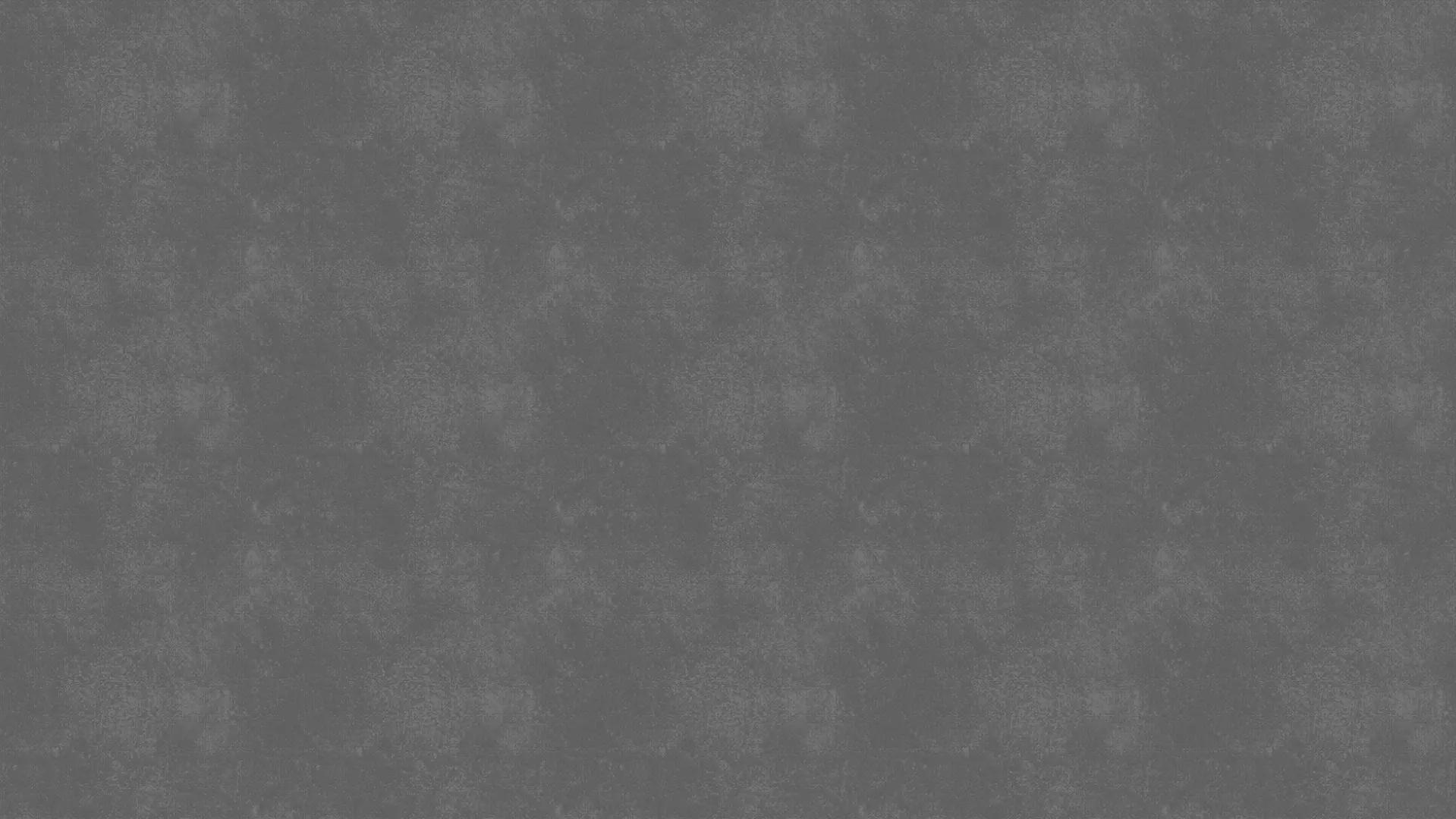Sagging Floors in result of a damp Crawl Space
Challenge
A homeowner in Saint-Ours, QC, noticed that their floors were beginning to sag, a condition that raised significant concerns about the structural integrity and overall comfort of their home. The sagging was indicative of underlying issues, often caused by inadequate support beneath the flooring system or excessive moisture in the crawl space, which can lead to deterioration of structural materials.
One of the most apparent signs of sagging floors is a noticeable slope in the flooring. In other words, certain areas feel lower than others, creating an uneven walking surface. In addition, creaking sounds when walking on floors can indicate sagging. As the floorboards move against the underlying joists, they may produce audible noises, suggesting a lack of stability and support.
When it comes to humidity within the crawl space, one of the first indicators of excess humidity in a crawl space is a persistent musty smell. This odor is often associated with mold growth. In addition, high humidity levels often attract pests such as termites, rodents, and other insects. Homeowners may notice signs of infestation, including droppings, nests, or damaged materials.
Solution
To address these issues, we recommended a strategic combination of our SmartJack and CleanSpace products. SmartJack is an engineered steel pier system, designed with high-strength materials to provide substantial vertical support for the joists. This system is adjustable, allowing for precise leveling of the floor joists, which effectively reverses the sagging condition.
In parallel, we proposed the installation of our CleanSpace encapsulation system. This system features a super-durable, 20-mil polyethylene liner that is specifically designed for crawl space applications. The CleanSpace liner serves as a formidable moisture barrier, significantly reducing humidity levels by preventing moisture from the earth beneath from infiltrating the crawl space. By creating this sealed environment, we protect the home’s structural elements from potential damage caused by mold, rot, and energy loss, which are common consequences of prolonged exposure to excess moisture.

